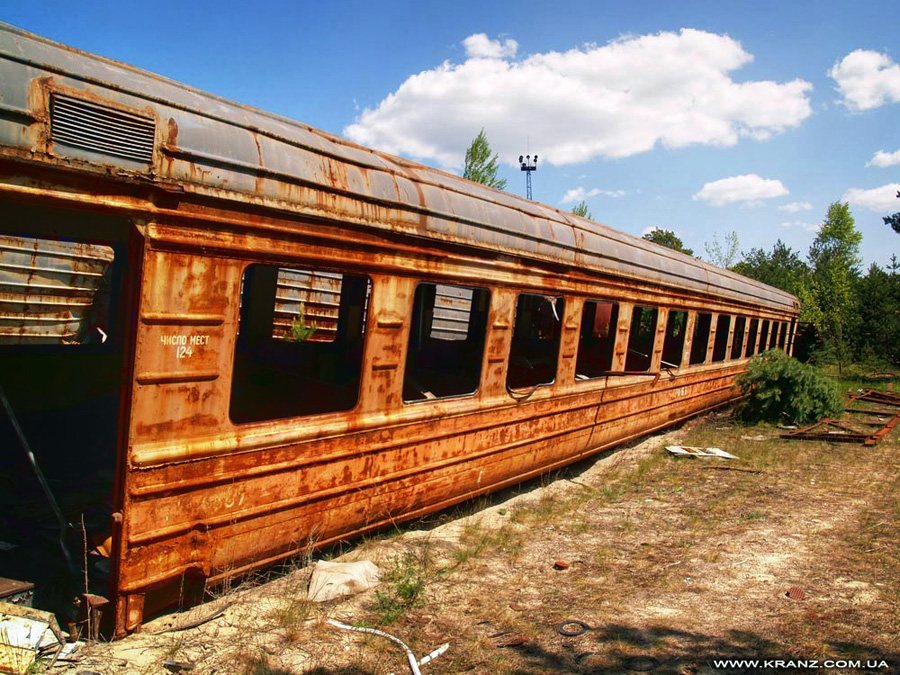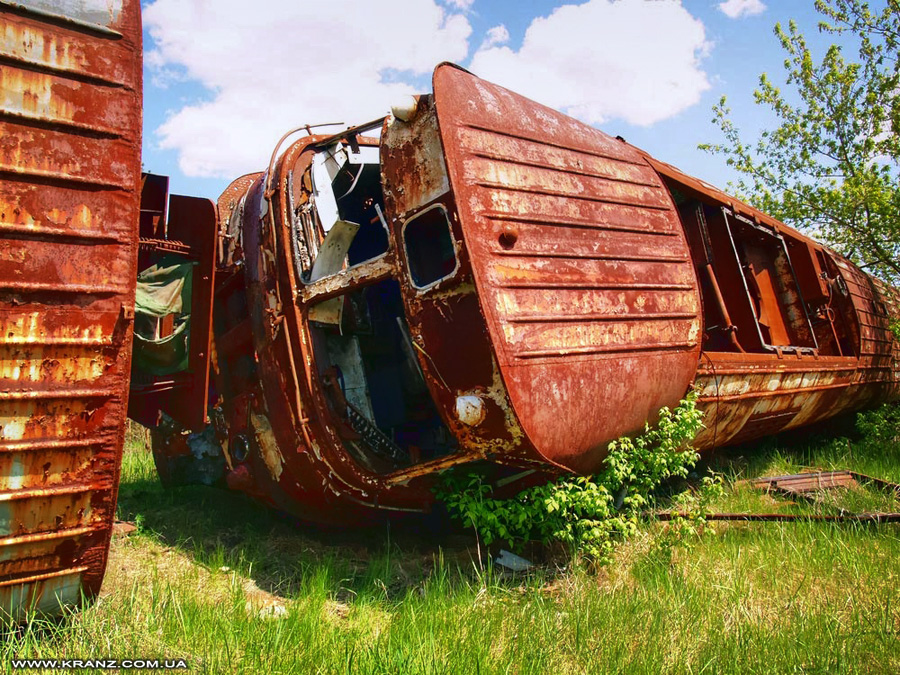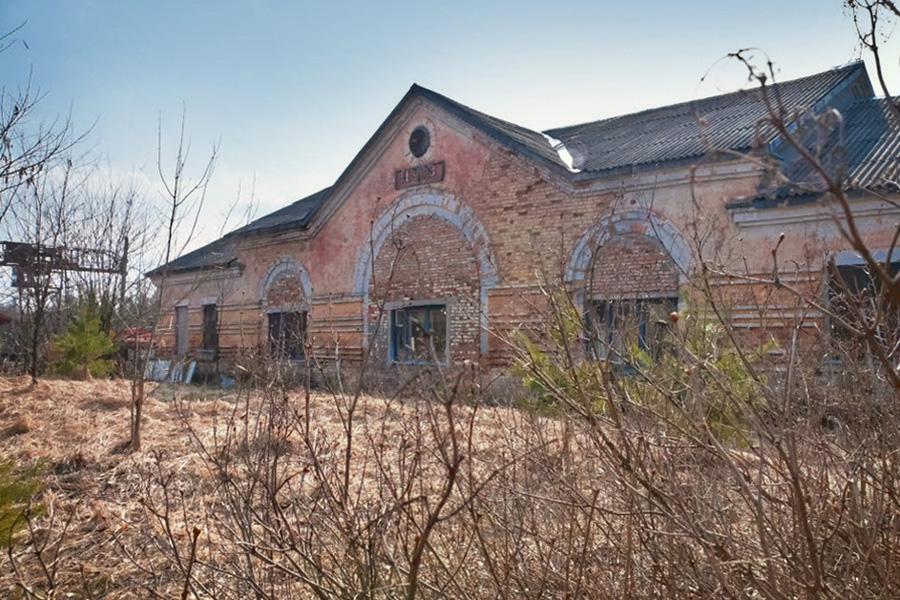Permanently Contaminated: The Railroad Graveyard
The final long-distance train to pass through Yaniv station was train #191, the daily Moscow to Khmelnitsky run. It was unusually warm on the 26th of April, and many passengers aboard the trains had their windows open, unwittingly exposing themselves to dangerous radiation. Despite the unfolding danger, the train operated all the way up to the 29th, when it passed Yaniv without stopping. By the 30th, and forever on, the Moscow to Khmelnitsky train was redirected through Kyiv - avoiding the rails in what would become the Chornobyl Exclusion Zone. Not all trains were that lucky, however. As the hours ticked by, the equipment stored in railyards like the one in Yaniv became more and more contaminated with radiation. Locomotives, passenger coaches, and work equipment were all abandoned, deemed too toxic to be operated. Twenty eight years later their rusted-out hulks still sit, occupying tracks that have trees growing through their middles. It is, in every sense of the term, a railroad graveyard.

Yaniv was the approximate midpoint of service along the Ovruch to Chernihiv branch. Local trains would run from Yaniv westward to Ovruch, and eastward towards Chernihiv. Yaniv had several yard tracks for storing equipment for these runs, most of which were contaminated after the Chornobyl disaster, and left here to die. After years of disuse, trees have sprouted within the tracks that formerly made up the yard. [
geotagged]

Hidden among the foliage is a rusted out locomotive, rotting away since 1986. Its identity markings are from the Soviet era. [
geotagged]

Looking at the railroad tracks from the ominously-nicknamed "Bridge of Death." According to popular lore, people from Pripyat city gathered on the bridge after the nuclear plant explosion to get a better view of the plant, and received extremely high doses of radiation in doing so. Some claim this is purely a myth, or at least exaggerated.

Two DR1P locomotives sit nose to nose, in poor condition after being neglected for the past 28 years.
This is what an intact locomotive of this type looks like. DR1Ps were normally used for regular passenger movements on this line. [
geotagged]

The identification plate of one of the DR1P locomotives. Text on the plate translates as "Ministry of Heavy Machinery of the USSR, General Directorate of Car Building. Constructed Speed 120 km/h" [
geotagged]

Inside the demolished cab of the DR1P locomotive.

Detail view of the engineer's console inside the DR1P locomotive. In the left hole would have been the dial for the brake line, and to the right of it the pressure line.

Yaniv station has since been refurbished, and is used by zone employees for fixing heavy machinery. [
geotag]

Aerial view of the "railroad graveyard". The former Yaniv station is visible in roughly the center of the frame. [Photo credit:
KumWW /
Panoramio]

One of the few working pieces of equipment in the Yaniv "graveyard" is this Soviet-built TEM2 diesel locomotive, now wearing the Ukrainian tryzub. It is available for any jobs required of it in the Chornobyl zone, in between Vilcha and Semikhody. It will eventually die here with the rest, as removing it from the zone is prohibited. [
geotagged]
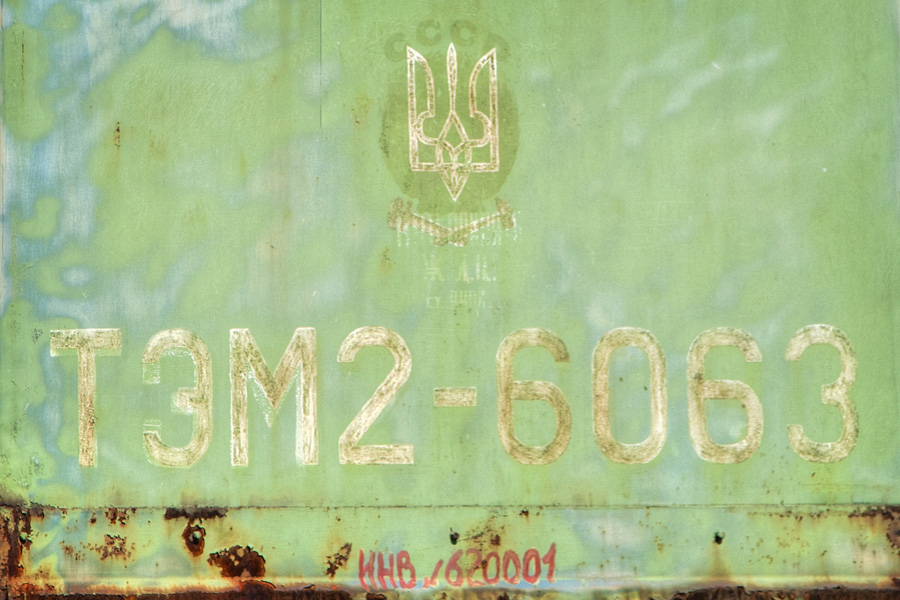
Detail view of the working TEM2 locomotive. The vestiges of the Soviet paint is visible under the Ukrainian tryzub.
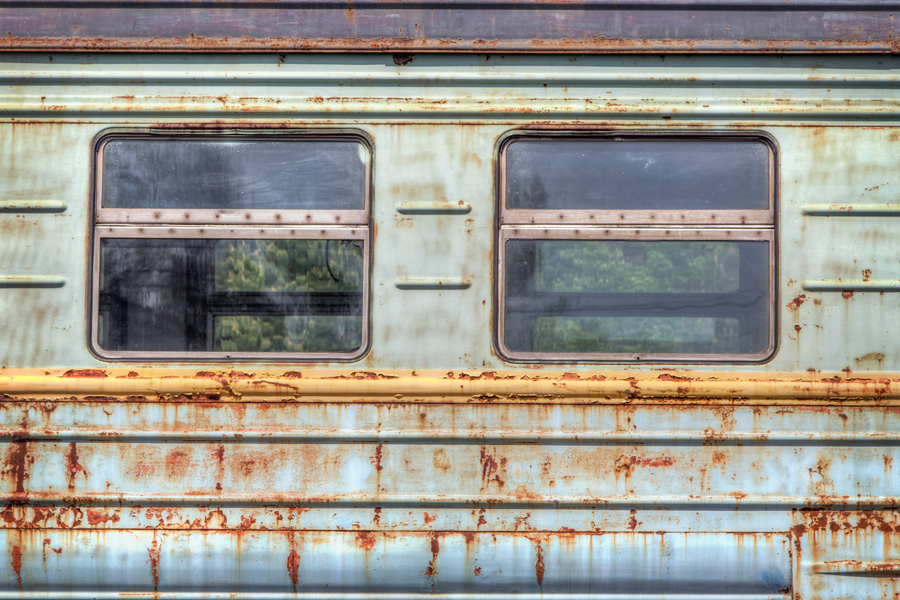
Although a bit rusty on the exterior, this coach is actually in acceptable enough condition to operate if needed. [
geotagged]

Panoramic view of the yard just west of Yaniv station, where the few working pieces of equipment are stored on one of the few tracks still in service. [
geotagged]

From the top of the "Bridge of Death" one can just make out the under construction "New Safe Confinement" arch above the treetops. This arch will replace the aging concrete "sarcophagus" that was hastily built to isolate the fourth reactor building, sealing it from the environment. The arch is being built next to the reactor, and when complete will be moved on tracks to its final position.
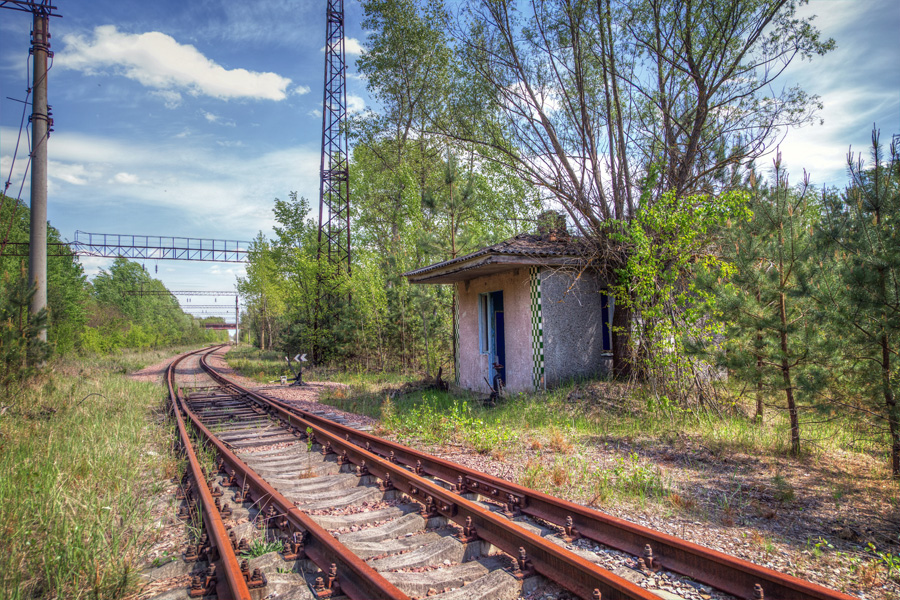
A small guard shack along the tracks lies abandoned.

Hidden among the foliage, high above the tracks is the former signaling tower for the railyard.
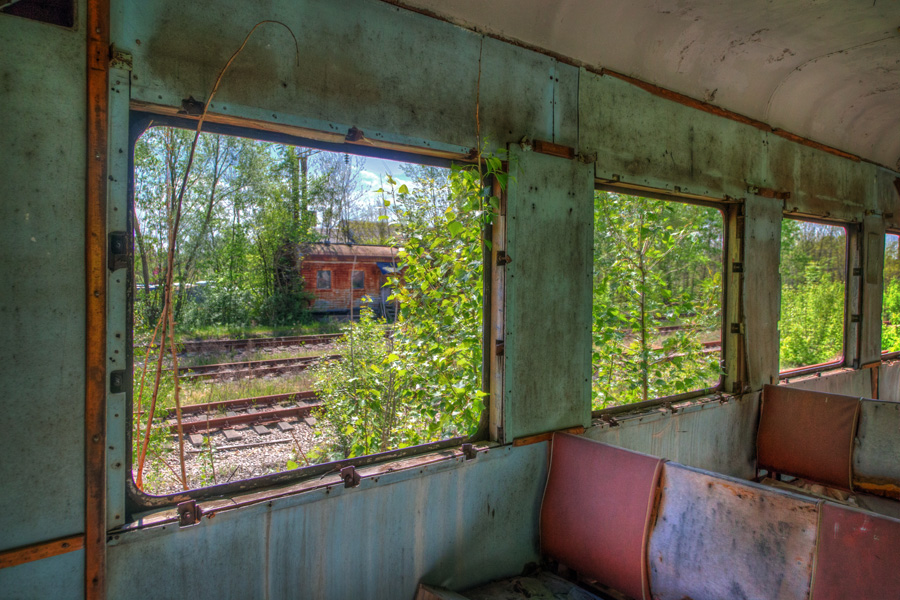
Looking out on the abandoned yard from inside one of the forgotten passenger coaches.

The inside of a rusted out passenger coach is filled with the trash of previous explorers. [
geotagged]
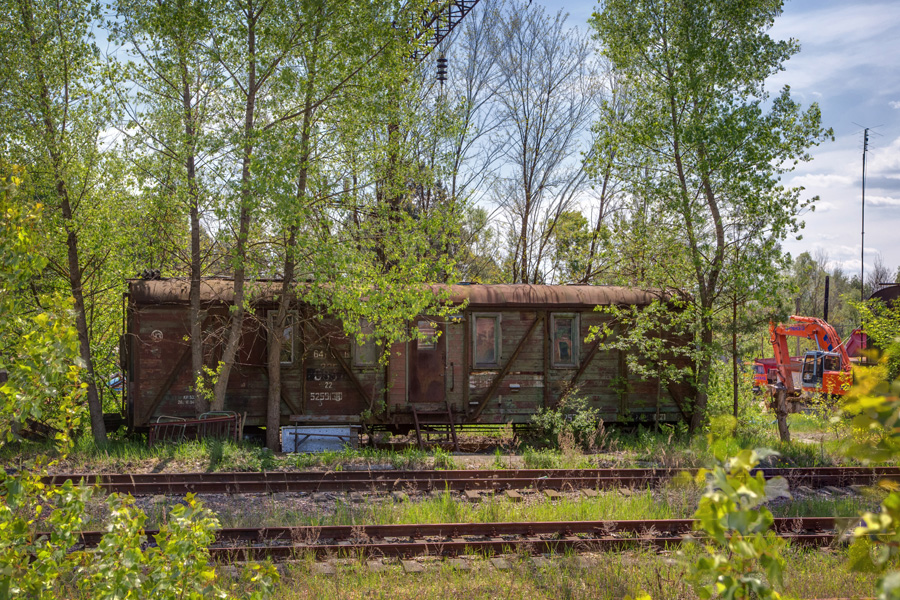
Surrounded by trees is old railroad equipment, and just beyond that is the heavy machinery now repaired at the old rail station. [
geotagged]

Another view of the Yaniv railyard from inside some of the abandoned equipment. [
geotagged]

A rusted out passenger coach lies abandoned in Yaniv's railroad graveyard. [
geotagged]
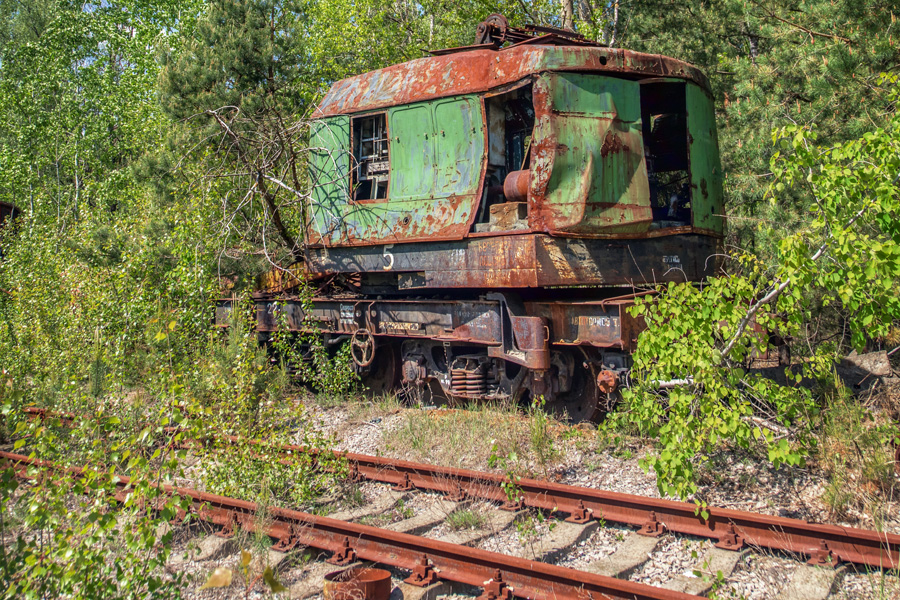
Crushed and rusted - the Yaniv graveyard is the final resting place of an array of railroad equipment. [
geotagged]



















